New Mexico is filled with lost treasures. In this article lost treasures of New Mexico, I will take you on a journey through some of New Mexico’s interesting lost treasures that are awaiting discovery.
We will explore a billion dollars of hidden treasure too lost Civil War gold to buried bank loot and more. New Mexico has a vast history and many have searched for treasure in the deserts and hills of this beautiful state and some of it has been found.
So without further adieu let’s start our journey of the lost treasures of New Mexico!
11 Lost Treasures of New Mexico
| TREASURE | AMOUNT | LOCATION |
|---|---|---|
| Lost Gold of Red Hill | 27 pounds of gold | On a red hill near the town of Pinos Altos, NM |
| Buried Gold Near Point of Rocks | $40,000 in gold coins | Point of Rocks off of US Highway 56 near Roadside Park in Colfax County |
| Leon Trabuco’s Lost Gold | 16 tons of gold | Near the Ute and Navajo Indian Reservations in New Mexico |
| Buried Gold Near Cimarron | $150,000 gold coins | Between Ute Park and Cimarron New Mexico |
| Hidden Gold Near Sandstone Window Rock | $50,000 in gold coins | One mile east of Aztec NM near Sandstone Window Rock on the New Mexico/Arizona border |
| The Victorio Peak Treasure | Over a Billion Dollars in Treasure and gold | Victorio Peak is located in the Hembrillo Basin |
| California Gold Buried Near Fort Bascom | $650,000 worth of gold bullion | Four miles northwest of Tucumcari, NM in Quay County. |
| Lost Confederate Gold | A large number of gold bars | Near the Santa Fe Railroad which is two miles east of Tolar, NM |
| Buried Church Treasure & Gold | Gold Bullion | Near the Rio Grande River between Socorro and Caballo NM |
| Buried Bank Loot | $400,000 in gold coins | On Cuchillo Mountain which is ten miles northwest of Hot Springs, NM. |
| Lost Cave Filled With Spanish Coins | Spanish Gold coins | In a cave was located near Columbus, NM on the border with Mexico |
Lost Gold of Red Hill
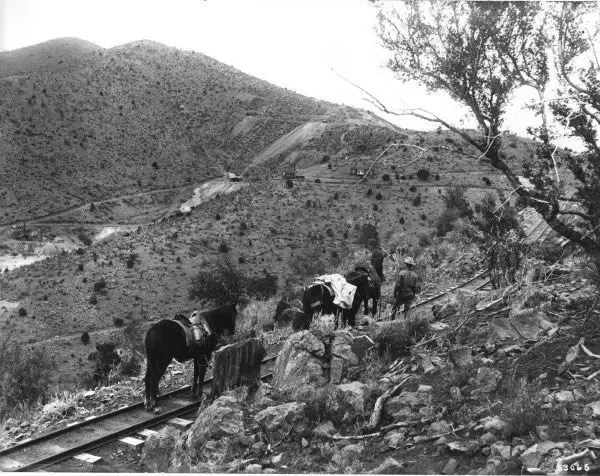
This story takes place in the town of Pinos Altos, NM. Pinos Altos was a prospecting town starting in the 1830s when gold was found in the hills nearby. One day in July of 1836 a gold prospector by the name of Adams was prospecting for gold in the hills around that town. It is said that he had found about 27 pounds of gold in a small stream which was worth about $7000 in those days.
As he was about done prospecting he put the gold nuggets that he had found in his bag and proceeded to leave the mine when he was ambushed by a group of Indians and was wounded. Adams was able to get away and proceeded to Pinos Altos that was nearby. He had been wounded so badly that he was dying when he reached the town.
While on his death bed Adams told of the gold that he had found and that he had found the gold nuggets in a small stream that was near a hill that was red. Adams died soon after and the gold was discovered in his bag. Soon many heard about Adam’s story of the gold found near a hill that was red near the town of Pinos Altos.
Many gold prospectors converged upon the hills in the area looking for the red hill. Without any luck, the gold and the red hill were not found until years later in the 1920s when the town of Red Hill was constructed. Red Hill was located between the towns of Springerville and Quemado New Mexico.
This town was named Red Hill because there was a red hill nearby that was formed when lava had once flowed in the area from a volcano. When the townsfolk started digging reservoirs to collect rainwater they started to discover small nuggets of gold around the red hill. They thought they had finally located the Red Hill that Adams had talked about a hundred years earlier. But soon there was no more gold to be found.
Digging Deeper: 15 Lost Treasures of Nevada
Buried Gold Near Point of Rocks
In the mid-1800s many pioneers and gold prospectors traveled the Old Santa Fe Trail. Along that trail, there was a popular campsite near what’s called the Point of Rocks that was a popular landmark that had a fresh spring nearby.
In 1851 it is said that two pioneers were camping here and they buried $40,000 in gold coins on the site. Nothing is known of what happened to the men but presumably, they were killed by Indians in the area and the gold coins have yet to be discovered.
Point of Rock’s is now located on private property and can be found off of US Highway 56 near Roadside Park in Colfax County. If the coins are still there they are said to be buried near a few graves in the area. But you will need to ask permission before treasure hunting on that land.
Leon Trabuco’s Lost Gold

Leon Trabuco was a Mexican millionaire/ Government Official during the Great Depression of the 1930s. He had an idea to make more money by buying up tons of gold in hopes that the price would go up in the future. So he did just that. He ended up with 16 tons of pure gold and produced gold bars, coins, and jewelry in a foundry he had in Mexico.
Trabuco knew gold was much more valuable in the United States so he looked for a place in the U.S. that he could fly the gold to so he could hide it for a later time when the price was right. So in 1933 Trabuco had a pilot named Red Mosier fly to Farmington, New Mexico with the gold. Mosier ended up making 16 flights to Farmington.
Trabuco then would have the gold shipped by trucks to the secret spot and have it buried. By all accounts, the burial spot was near the Ute and Navajo Indian Reservations in New Mexico. Soon the Gold Reserve Act of 1934 was enacted and the possession of gold was outlawed by FDR. Trabuco’s plan backfired. Now all that gold that he had flown in and buried in the New Mexico desert was worthless.
Eventually, Trabuco and his partners all died taking the secret burial spot to their graves. Later a man by the name of Ed Foster is said to have searched for Trabuco’s lost gold for 35 years. Mr. Foster claimed that he found the landing strip that Red Mosier had used to land his airplane with gold shipments on. He also claims he found a Mexican-style home twenty miles west of Mesa Verde.
He also claims he found an outcropping of rocks which he called Shrine Rock with the words “1933 sixteen tons carved into it. He believes that somewhere in between these three points that the treasure is buried or maybe possibly hidden in a cave. Is the treasure really there? Who knows but if you find it you will be over $30 million richer!
Buried Gold Near Cimarron
A stage freight hauling company was transporting 25 bank bags of gold coins worth about $150,000 along the Santa Fe Trail when they noticed that they were going to be attacked. They buried the bags of coins between Ute Park and Cimarron New Mexico.
Soon after burying the gold, they were attacked. Only one man survived who told the story of the buried gold coins that would be located near three large rocks that were half the size of a house. He died soon after and the $150,000 in gold coins was never recovered.
Hidden Gold Near Sandstone Window Rock
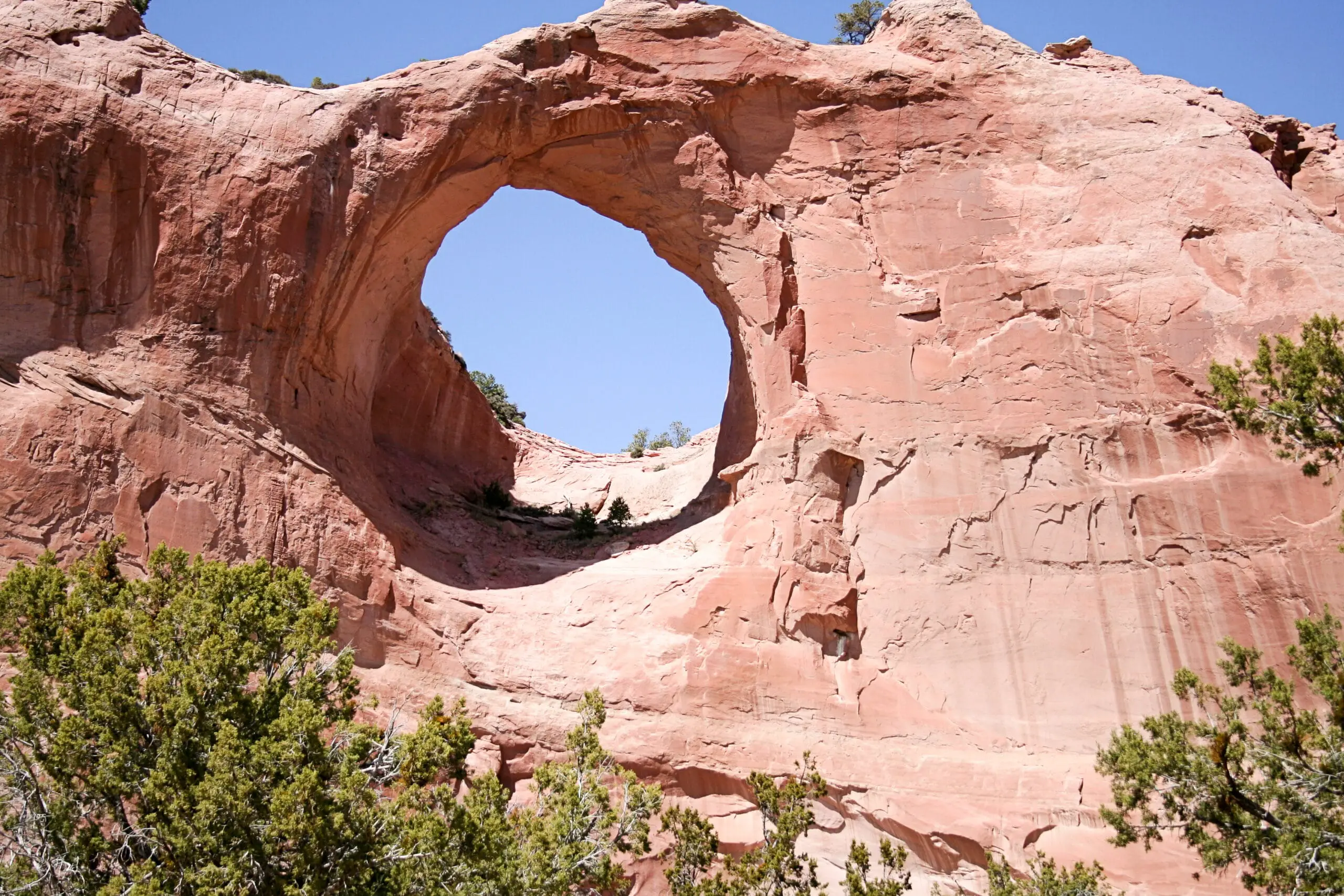
After a stagecoach robbery in 1874, it is said that the thieves got away with $50,000 in gold coins and bullion and buried or hidden the loot about one mile east of Aztec NM near Sandstone Window Rock on the New Mexico/Arizona border.
The Victorio Peak Treasure
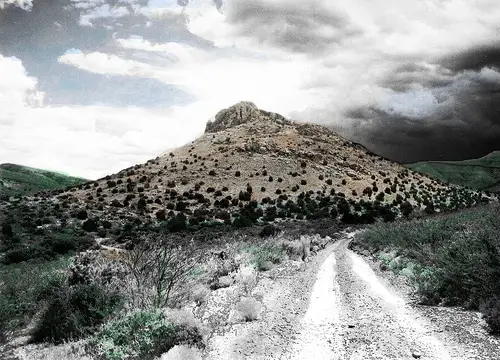
Victorio Peak is located in the Hembrillo Basin which is a dried-up lakebed in the New Mexico desert. It is now owned by the U.S. military and is used as a missile range. The story of Victorio Peak treasure is a long one and really needs its own article. For the purpose of this article, I will give you the condensed version.
In 1937 a man named Milton Ernest “Doc” Noss was out deer hunting in the Hembrillo Basin when he stumbled upon an opening in the mountain. Further investigation proved that the opening went straight down into the mountain more than 125 feet. After propelling down the mountain he found many small rooms carved out and bigger caverns as well.
The first thing he saw was a skeleton of a man who had been chained and stacked to the floor of the cavern. After venturing further he found more skeletons 27 in all. He also discovered more treasure than you could imagine. Gold bars weighing 40 pounds were stacked up the walls of the cavern, like cut wood. He also found jewels, coins, and documents dating from the late 1700s.
Doc and his wife Babe were amazed by what he had found and they came back later and started hauling some of the gold out. Over time Doc and his wife removed hundreds of bars of gold and Doc would bury them in various places around the desert there because he didn’t trust anyone. By all accounts, Doc thought there were probably thousands of these gold bars in the mountain.
The Gold Act of 1934 Does Not Deter Doc Noss
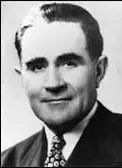
Doc was only concerned about getting the gold out but because of the Gold Act of 1934 owning gold had become illegal and Doc attempted to sell it on the black market. Doc Noss and Babe finally decided to file mining claims and a treasure trove claim for the Victorio Peak area. Word got out of this treasure find and many started to speculate whos treasure this could belong to.
Some thought it was treasure left by Chief Victorio who the rock outcropping is named after. Other’s thought it was the treasure of Don Juan de Onate who founded a Spanish colony in New Mexico. While others speculated that it was the lost treasure of Emporer Maxmillian who held out in this area in the 1870s. Yet others believed it was the Lost Padre Mine. Each one of these would explain the treasures within.
Noss Decides to Widen The Opening
In 1939 Doc Noss decided he wanted to open the passageway wider so he could get the treasures out more easily. He got together with a man named S.E. Montgomery who was a mining engineer. Montgomery suggested that they blow the entrance to the treasure with eight sticks of dynamite.
They did just that but it backfired on them and collapse the opening bringing tons of rock and debris filling the caverns. Doc tried many times to dig through the rock but to no avail. The treasure was lost. Over the years many people tried to get to the treasure but none were successful. Doc was murdered by an associate in 1949 never getting his treasure back.
The U.S. Military Opens White Sands Missile Range
The U.S. military eventually acquired the area and Noss and others were denied access to the site. But in the 1960s and 1970s, a few treasure hunting firms were granted access to the Hembrillo Basin to find the treasure but none of them were successful.
Finally, by a special act of Congress, Terry Delongas the grandson of Babe Noss, and other members of the Noss family were granted access to Hembrillo Basin. They have been searching for the treasure for years but no more of the lost gold, jewels, and coins have been found.
California Gold Buried Near Fort Bascom
On a mesa near the ruins of Fort Bascom, it is said that there is $650,000 worth of gold bullion that was buried by a group of men coming back from the goldfields of California in the late 1850s. The miners were attacked by Indians and were able to bury the gold before they were attacked. Unfortunately, all of them were killed and the buried gold is located about four miles northwest of Tucumcari, NM in Quay County.
Lost Confederate Gold
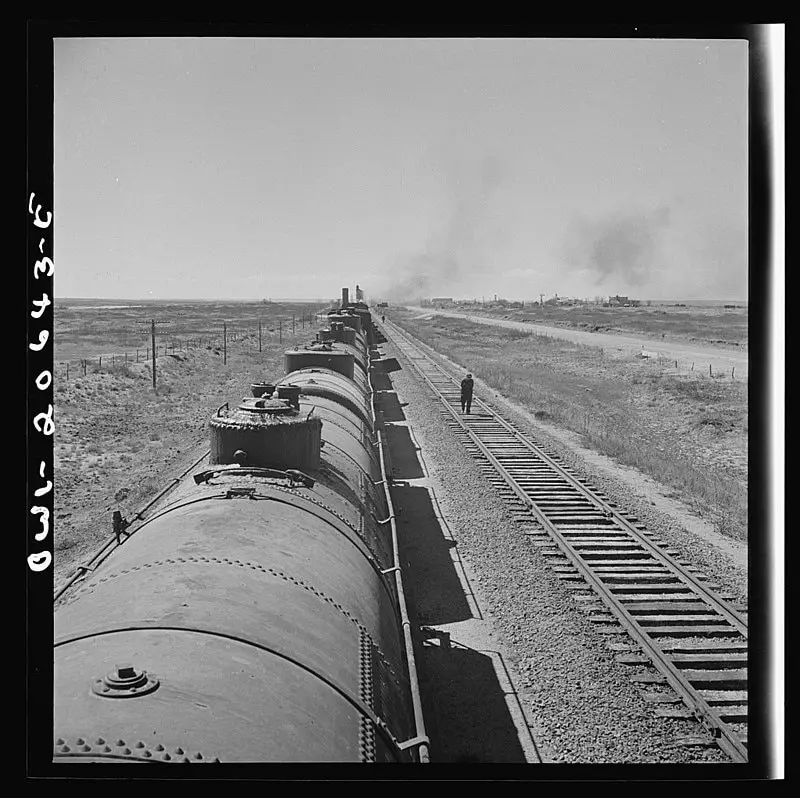
During the Civil War while some Confederate soldiers were being pursued by Union troops they buried a large number of gold bars near the Santa Fe Railroad which is two miles east of Tolar, NM. The soldiers returned a few days later but it was raining heavily in the area and they were unable to locate the spot where they had buried the gold. The gold has never been recovered.
Buried Church Treasure & Gold
In the 1800s fleeing Mexican Priests and gold miners are said to have buried church treasure and gold bullion near the Rio Grande River between Socorro and Caballo NM. A few boys playing in the area in 1929 found some of this treasure
Digging Deeper: 16 Lost Treasures of Arizona
Buried Bank Loot
It is said that bank robbers buried or hide about $400,000 in gold coins and bars on Cuchillo Mountain which is ten miles northwest of Hot Springs, NM.
Lost Cave Filled With Spanish Coins
An Apache Indian found a cave in the 1950s that he said was filled knee-deep with Spanish Gold coins. The cave was located near Columbus, NM on the border with Mexico. The Indian died in a car accident and the exact location of the cave has been lost.
Conclusion – Lost Treasures of New Mexico
As you can see New Mexico has many lost treasure stories to tell. Maybe you will be one of the lucky few who actually find one of these lost treasures. I hope you enjoyed this article and if you have any questions or comments feel free to leave them below. Until next time Happy Treasure Hunting!
Thank you for the story’s I love to hear about story’s and information that I can use keep up the great work and have fun doing it and writing I look forward to hearing more thanks again your friend now Joe Torrez on the west side
You’re welcome Joe. Happy hunting!